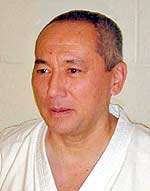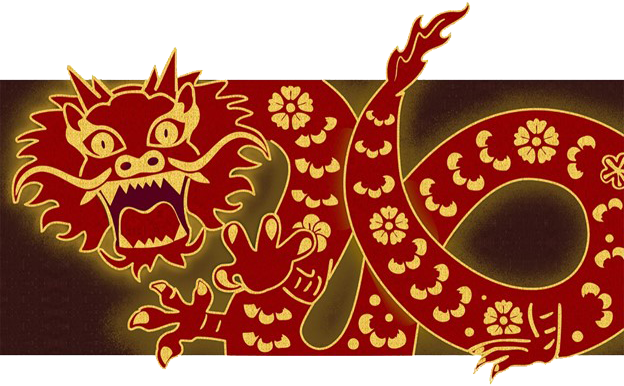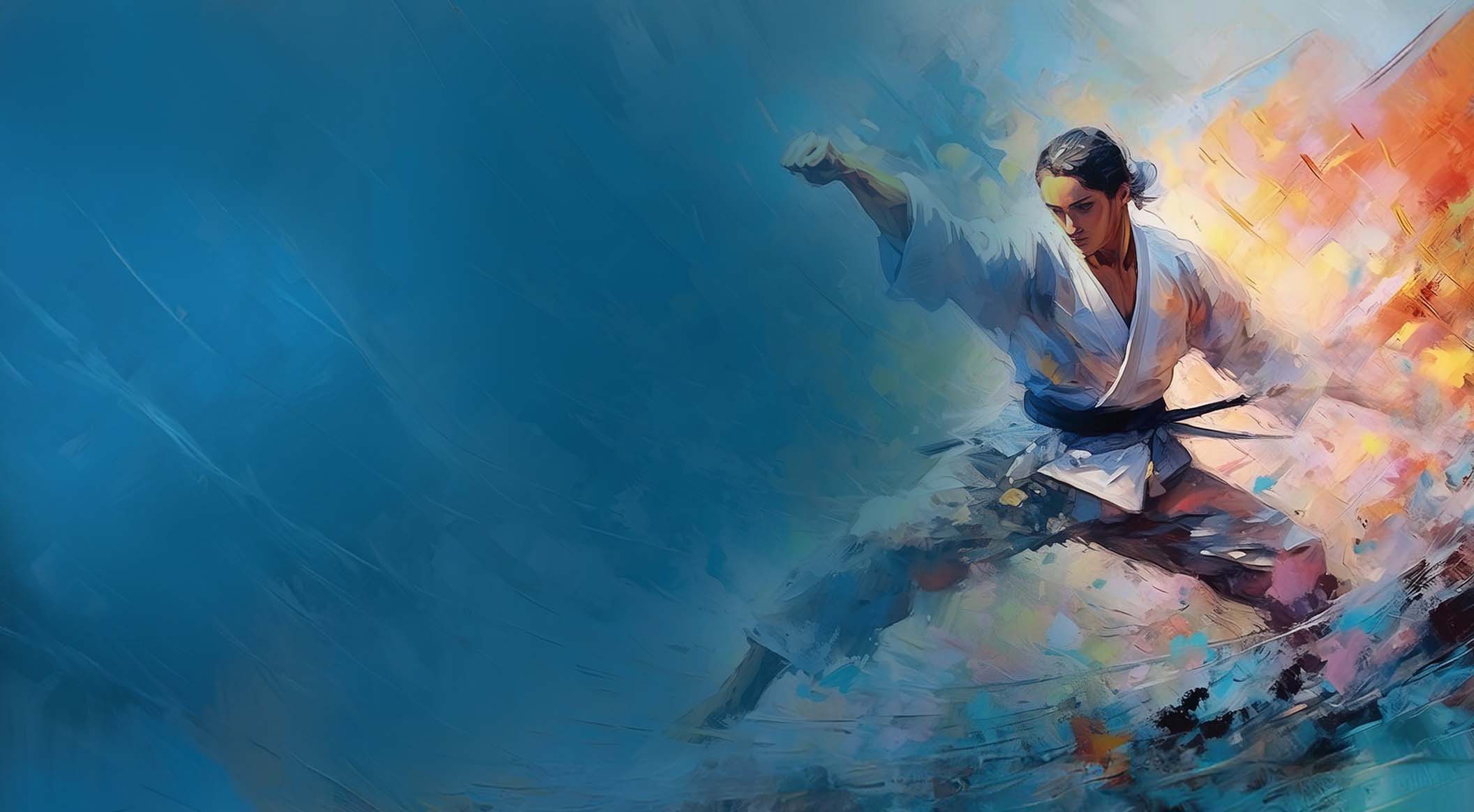Martial Mania
Gator Mouth
By George Donahue

When an alligator or crocodile has clamped down on its prey, there is almost nothing the prey can do to break the grip of the jaws. That's the bad news, but the good news is that the gator can't swallow, either, until it releases.
There are many examples of clamps or grips in nature that are functionally unbreakable. The alligator's mouth and the mouths of most toothed species are maximized to bite down — to grip, cut, or shear. (If you have trouble visualizing an alligator biting, then consider the bite of a powerful dog such as a pit bull, for instance.) But those same jaws that are so well designed to snap shut and remain shut until released are also vulnerable. Those who wrestle gators for fun or profit (for example, Seminole Indians in Florida) know this well, so they don't hesitate to get down on the ground with their crocodilian opponents. The wrestlers rely on their knowledge of simple physiology: biomechanisms that are very well designed for one movement are rarely well designed to perform the opposite movement. The same principle applies to the big picture, too. Familiarity with the uneven strength or utility of opposite movements is a key for success not only in personal combat but also in war.
Gator jaws and dog jaws are much like human grips, pins, or holds — even vital-point manipulation. In all these cases clamping, squeezing, shearing, and holding strength is far more powerful than the strength to move in the other direction, to open or release against resistance. If you watch a wrestler take on a gator, the first thing you'll notice is that the wrestler adjusts his position (tai sabaki) relative to the gator's mouth, then attacks the gator at an angle instead of straight on. The key to the wrestler's success is quickly grabbing the gator's jaws and squeezing them shut. The gator doesn't have the strength to open them against the wrestler's closing power. You can try the same thing (gently) with the family demon Chihuahua. Once you force its jaws shut and keep them closed, it can't bite — or yap — until you choose to release. The corollary in personal combat is that if someone stronger than you is gripping you with any authority, you can't get out of that grip by countering directly with your own lesser strength. You can, however, execute the equivalent of squeezing the gator's mouth shut, even if your arm is in its mouth.
As an example, let's take a simple two-handed neck choke from the front, with the assumption, as always, that the grabber is bigger and stronger than you, the grabbed. If you panic and try to force open your attacker's grab, you waste time and energy and breath. You might also inadvertently maneuver your arteries and trachea into more vulnerable positions. By your own actions you would be helping your attacker to reduce the air flow to your lungs and the blood/oxygen flow to your brain. Meanwhile, your attacker is positioning you for further control or damage, wearing you down, and maybe succeeding in choking you into unconsciousness or even to death. By fighting against your attacker's strength, you are playing into the attacker's game plan.
You have a chance, however, if you either ignore the attacker's control mechanism and counter elsewhere or if you counter the control mechanism by adding your own force to the attacker's, in the same or nearly the same direction as your attacker's. Most of us have a difficult time ignoring being choked while we counterattack elsewhere, and it sometimes takes years of repetitive physical training to overcome our panic reaction. Our natural tendency is to devote all of our resources to fighting against the choke hold first. The choice of adding some of your energy to the attacker's power rather than opposing it doesn't require as much technical training as countering effectively elsewhere, just the ability to remain calm and rational. So, we'll discuss the latter technically easier but psychologically more difficult option, adding our own force to the attacker's, here. (We can't really learn technique from reading about it, but we can learn how to evaluate options effectively and quickly.)
In the panic of being choked, the untrained fighter will reflexively lengthen his neck, geek-style, making it easier for the attacker. There is a more effective, although counterintuitive, response. If you instead contract your neck and press the point of your chin into the attacker's grab, adding your force in the same direction as the attacker is moving with his fingers, while at the same time raising your shoulders to further squeeze on the attacker's hands, you then have a chance to break the grip. You have an even better chance if you're able to press your chin into a vulnerable point on your attacker's hand or wrist.
Now you have, literally, some breathing room. You can then add other maneuvers: lowering your center of gravity or twisting your body or just your neck to apply shearing pressure to the attacker's hands and wrists; using one hand/arm as a lever and one of your attacker's wrists as a fulcrum to move the other wrist; and counterattacking elsewhere now that you have at least temporarily safeguarded and maybe freed your neck.
Here are just a few other examples of situations in which you can either directly or obliquely use your own force against the opponent's shutting force:
• Wrist lock
• Hair grab
• Ear grab
• Waist lock
• Scissors hold, in which your attacker uses his legs to control your torso or leg(s)
And then there is always the first option, the approach that clear-headed fighters use: abandon the seized portion of your body and counter somewhere else while your attacker concentrates on keeping control of the seized portion. But that takes a lot of training to pull off against a larger person.
Copyright © 2008 George Donahue & FightingArts.com. All rights reserved.

George Donahue
George has been on the board of FightingArts.com since its inception and is also a Contributing Editor.
George is a retired book editor, with a career spanning four decades, among his positions have been editorial stints at Random House; Tuttle Publishing, where he was the executive editor, martial arts editor, and Asian culture editor; and Lyons Press, where he was the senior acquisitions editor and where he established a martial arts publishing program. At Tuttle, he was the in-house editor for the Bruce Lee Library. Throughout his career he also edited, acquired, or reissued a wide array of military history, martial arts, and Asia-centric titles.
He was born in Japan in 1951 and originally named Fujita Tojo, with the Buddhist name KanZan. He was renamed George Donahue when he was several months old. After living part of his early childhood in the U.S. and France, he returned to Japan when he was seven years old and immediately was put (involuntarily) into intense training in traditional Japanese martial arts. His childhood training in Japan was focused on judo and jujutsu, primarily with Ando Shunnosuke, who blended keisatsujutsu (often referred to as police judo) and Olympic style judo in his teaching. He also studied kyujutsu (archery), sojutsu (spear), and kenjutsu (swordsmanship), with several teachers under the direction of his uncle, Tomita Yutaka. Following his return to the U.S. when he was twelve years old, he continued to practice judo and jujutsu, as well as marksmanship with Western style compound bow and firearms, and began the study of Matsubayashi Ryu karate in his late teens. Subsequently, he has studied aikido and cross trained in Ying Jow Pai kung fu. He began studying tai chi chuan in 1973 and now teaches qi gong and tai chi for health and fitness, as well as Okinawa Taijiken, which blends the principals of Okinawan karate with tai chi.
After studying Okinawa Karatedo Matsubayashi Ryu for ten years, he changed his focus to the teaching of Kishaba Chokei. He has been a student of Shinzato Katsuhiko, the director of Okinawa Karatedo Shorin Ryu Kishaba Juku, which comprises karate and kobujutsu (including Yamane Ryu Bojutsu) since 1983. He was also a student of Nagamine Shoshin, Nagamine Takayoshi, Kishaba Chokei, and Nakamura Seigi until their deaths. A key teacher in the U.S. was Arthur Ng, with whom he trained and taught for several years in New York City. He currently teaches Kishaba Juku privately, along with special training in karate, weapons, and self-defense. He has taught seminars throughout the U.S. and in Israel.
He has been teaching martial arts almost continually for sixty years. His first class, at twelve years old, was in judo for a group of military dependents and airmen at Sioux City Air Base, Iowa, at a time when the Air Force Strategic Air Command was beginning to stress training in martial arts, particularly jujutsu.
He was introduced to Kundalini Yoga practice in Japan but didn't begin serious practice of Kundalini and Hatha Yoga until he was in college. He practices yoga at least an hour a day and now teaches various approaches to yoga. He is also a cancer exercise specialist and a Livestrong at the YMCA instructor, helping cancer survivors regain and maintain their vitality.
Search for more articles by this author:






